Menu
Menu
$75.00
Earning its name, the GPS-EMGN is a tri-proof LED light, waterproof, dust-proof, and corrosion-proof. The GPS-EMGN emits a plant-safe, soft green light ideal for use in safely illuminating the dark plant cycle when growing short-day crops.
What’s in the box:
1x 2ft Emergency Light,
1x wall mount & screws set
HEAT LOAD
| HEAT LOAD PER FIXTURE | 68.24 BTU |
SPECIFICATIONS

FEATURES & BENEFITS
Introducing our 2ft emergency green light designed for grow rooms. A crucial aspect of indoor cultivation involves providing plants with uninterrupted darkness at night. Growers often employ green light during the dark period (our day) to attend to plants without negatively impacting their flowering phase.
The GPS-EMGN is a tri-proof LED light, which means that the luminaire pos-sesses at least three ‘proofing’ properties. Earning its name, the GPS-EMGN is waterproof, dust-proof, and corrosion-proof. The GPS-EMGN emits a plant-safe, soft green light ideal for use in safely illuminating the dark plant cycle when growing short-day crops. The cannot be be easily “seen” by plants allowing for critical tasks to be performed in the grow rooms during the dark cycle without the light adversely effecting the growth stage of the plant.
| LENGTH | 2 Feet |
|---|---|
| WATTAGE | 20W |
| EFFICACY | 130/140 lm/W |
| COLOR | GREEN (522.5-525nm) |
| INPUT POWER | 100V-277V / 50/60Hz |
| POWER FACTOR | 0.92 |
| THD | 20% |
| WORKING TEMPERATURE | -4oF ~ 122oF |
| IP RATING | IP66 |
| WARRANTY | 5 year limited |
There are no reviews yet.
All Rights Reserved by GrowPros Solutions
Only logged in customers who have purchased this product may leave a review.